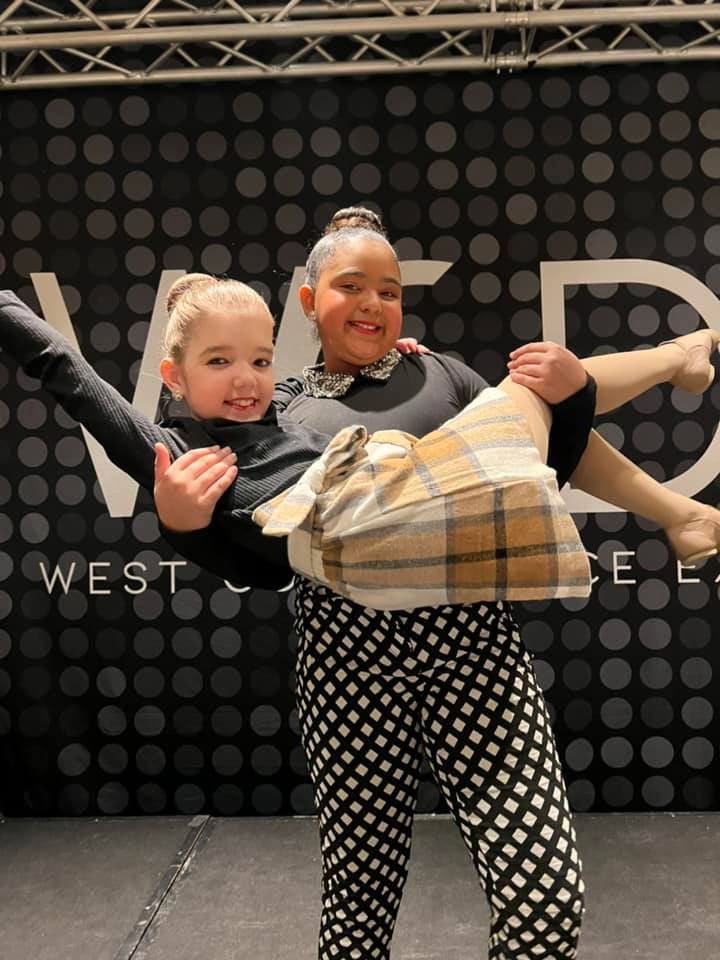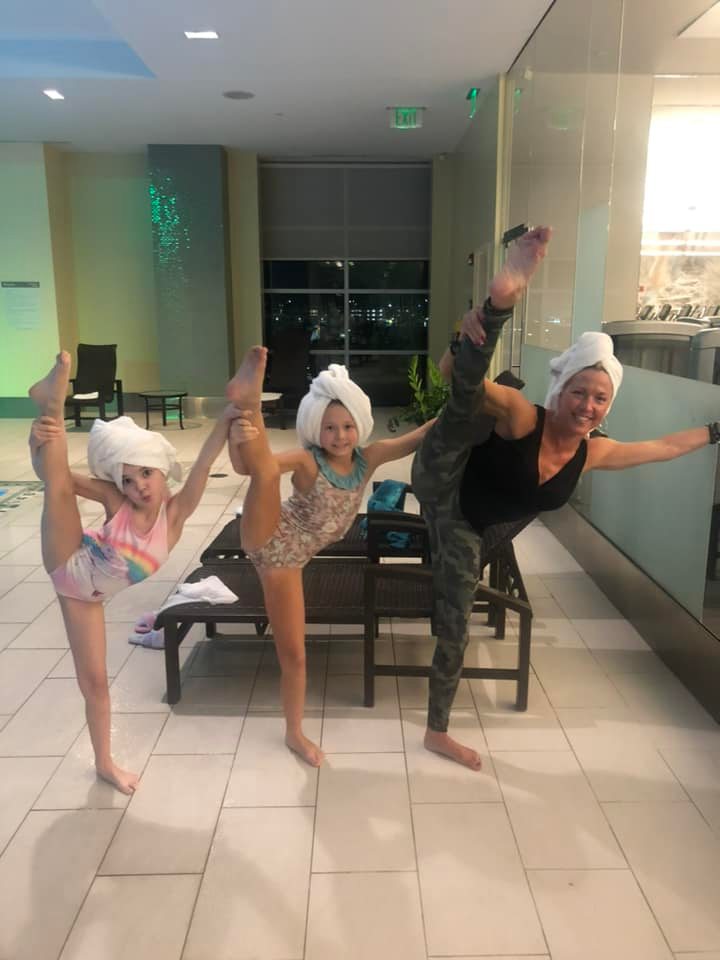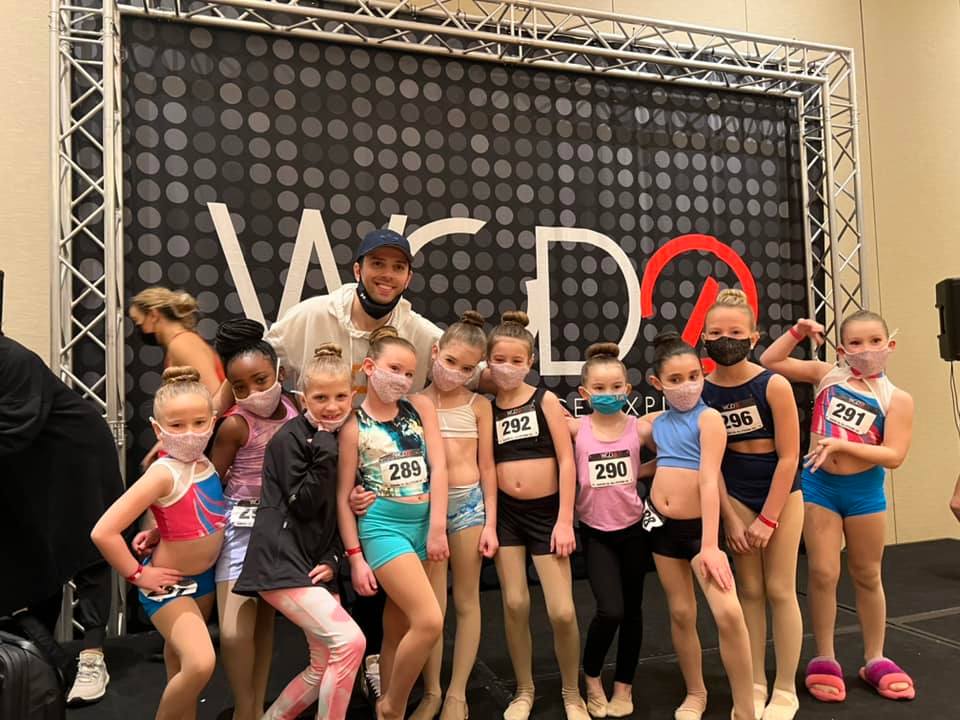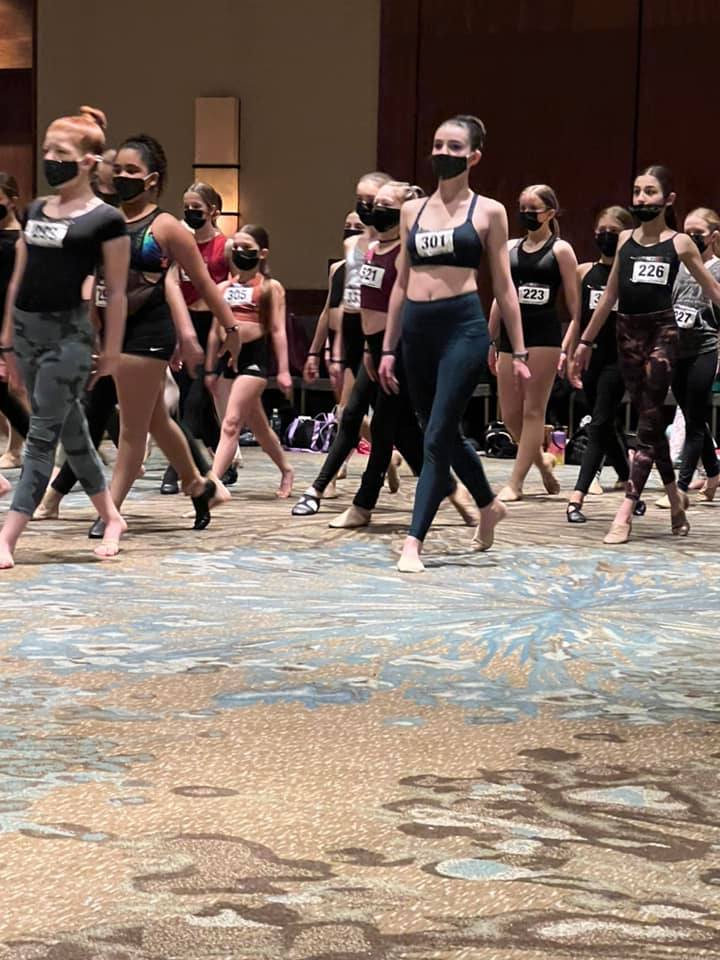Parents of dancers who aspire to become professionals should read this letter. As you as a parent begin to sense the strain the dancing world is putting on your child, interesting things start to happen.
You might wish that they would reconsider and take a different path because it might be simpler. It’s probable that you are concerned about how their body doesn’t fit the mold and wonder about their chances of “success.” You can decide to “help” them by starting to provide them with food and physical cues.
It’s true that not every dancer who aspires to dance professionally succeeds in doing so. Yet, I’m guessing that as an adult, you can look back and recognize numerous occasions where you took a chance on something and it didn’t work out as planned.
Resilience is developed by striving for something, failing to achieve it, getting back up, and then choosing a different course. You gain the ability to bounce back from life’s setbacks. The fact that your child will experience this at such a young age contributes to how difficult it is to accept the prospect that they won’t survive.
As you assist your dancer on their journey, this letter should provide you with some things to reflect on.
Your child is already getting rejected enough.
Beginning in their teens and early tweens, dancers experience rejection. The majority of people don’t get accepted into every summer intensive for which they audition, but that doesn’t mean they should stop improving as dancers. You don’t need to find excuses; you can just let your child understand the rejection.
You don’t have to explain to them that it was due to their physical characteristics or that they must change themselves, in order to start getting in. Encourage them to develop as dancers. Give them the assistance they require so they can practice harder and participate more actively in their dance courses. Encourage them to take on a second job to acquire private tutoring.
Don’t add to the naysayers by making them want to take a simpler route. You don’t need to inform them that they will be turned down because you don’t know for sure. Additionally, they are probably already concerned about this. And to be completely honest, neither you nor their teachers can say for sure who will succeed and who won’t.
Your experience as an athlete differs from that of your athletic artist’s experience.
Although many dancing parents were committed athletes, they lack any dance experience. But it isn’t the same. The possibility for a much higher level of stress surrounding food and one’s body is increased by the aesthetic strain of dance and the daily inspection of one’s physique in a mirror.
The solution is more complicated than merely fueling themselves like athletes. Dancers must first discover a simple, uncomplicated method for making food decisions. To reach their maximum potential, individuals must be appreciative of and proud of their bodies and everything they can accomplish for them.
You must realize that due to the intensely critical nature of dance, your dancer is already quite likely to be critical of their physical appearance. They have been taught to look for their mistakes since they first started dancing in order to make corrections.
Commenting on your child’s body or giving them food feedback
You must draw a firm line at this point. Don’t comment. Don’t instruct them on how to follow a diet or about counting calories (which is oversimplified, misguided, and dangerous). If your dancer has put on weight, you can be sure they are fully aware of it.
What can you do, then? Set an example of a balanced diet; be honest about your own struggles. It typically comes back to the parents being ignorant or having their own issues with food and body image when dancers tell me their parents have given them strict dietary guidelines (don’t eat after 8 p.m., only have one snack per day, and avoid any sweets).
How to support your dancer
Provide them with the skills to overcome obstacles and the freedom to ask for assistance when they do. Keep in mind that none of us can predict how their dance adventure will turn out. Let them follow their own route and get knowledge from it.
Distinctive Dancing Etc. is a place that offers children of all ages a stimulating setting that allows them to explore and grow while having fun. It is located in Greenwood Proper in Warwick. We serve areas of Warwick, Cranston, Coventry, and East Greenwich in Rhode Island. In addition to providing a wide range of learning opportunities, DDE offers a number of programs to meet the requirements of each child. Get in touch with us to know more about the programs we are offering.









